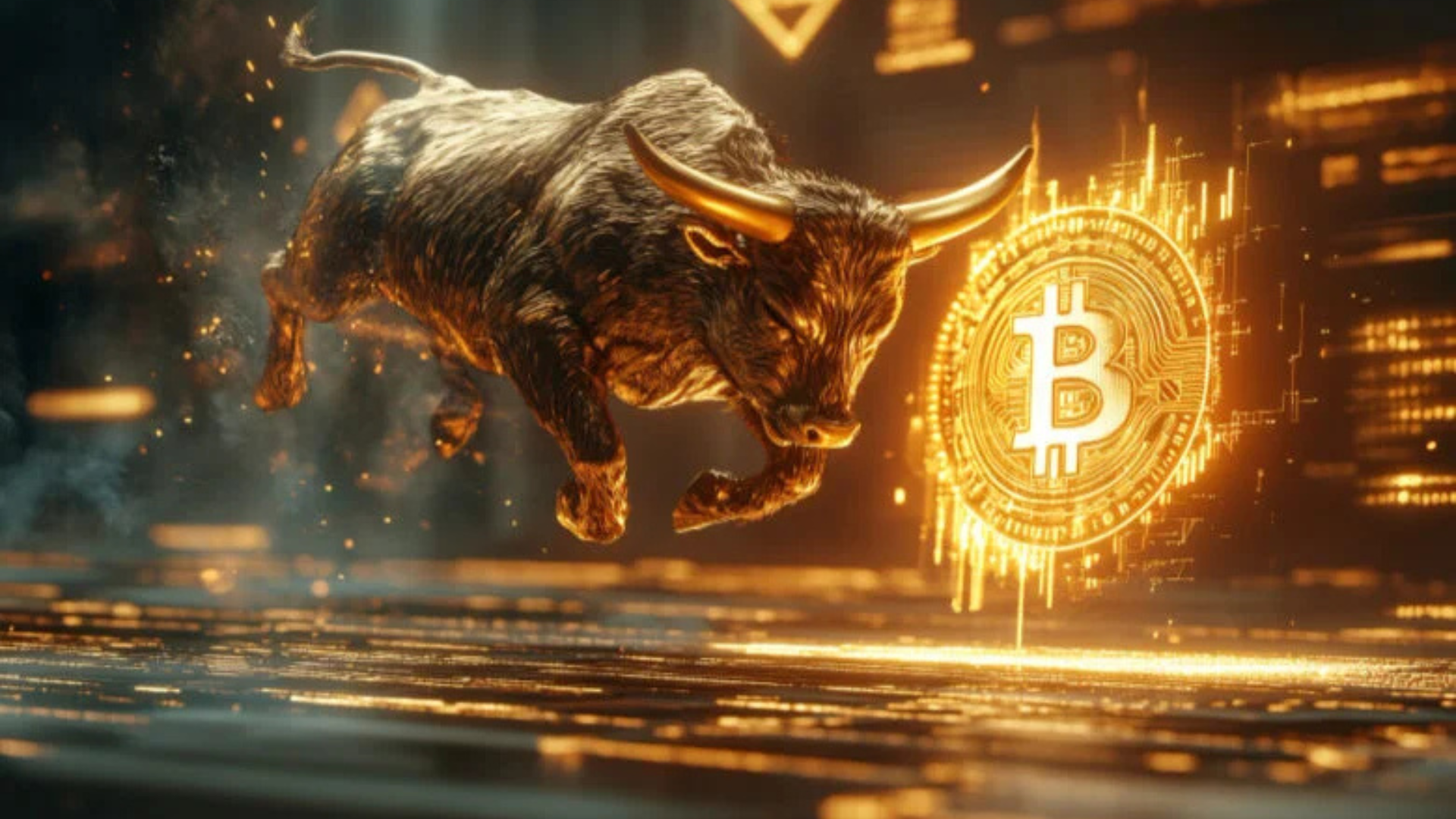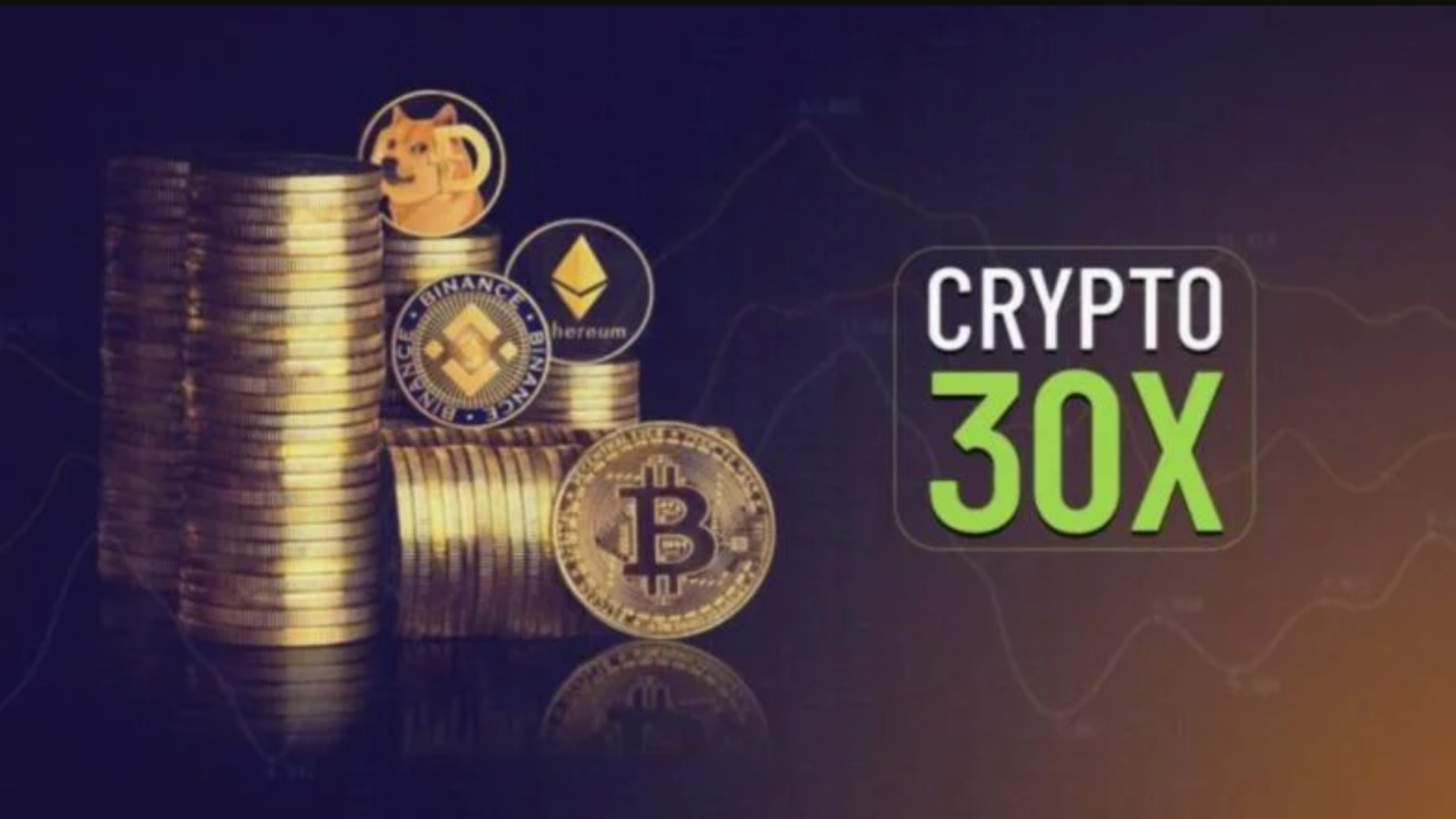Cryptocurrency trading has evolved rapidly over the past decade, becoming a mainstream investment tool for both professionals and everyday users alike. As crypto markets become more volatile and accessible, traders are increasingly looking for platforms that offer high leverage to maximize their gains. One such platform is Crypto30x.com. Specializing in offering 30x leverage for cryptocurrency trading, Crypto30x.com allows traders to amplify their potential profits by borrowing funds to trade larger positions than their account balance would otherwise permit.
However, high-leverage trading also brings significant risks. With the possibility of significant gains comes the risk of equally large losses. In this article, we’ll explore the features, benefits, and risks associated with Crypto30x.com, as well as guide you on how to get started with crypto trading at 30x leverage.
What is Crypto30x.com?
Crypto30x.com is an online trading platform that provides users the ability to trade cryptocurrencies with up to 30x leverage. This means that for every dollar you have in your account, you can control $30 worth of cryptocurrency. The platform caters to both experienced traders looking for higher returns and those just starting who want to leverage their positions for bigger potential gains.
The site supports a variety of cryptocurrencies for leverage trading, including Bitcoin (BTC), Ethereum (ETH), Litecoin (LTC), and many others. Traders can access real-time market data, perform technical analysis, and execute trades quickly. The 30x leverage option can amplify profits, but it can also lead to substantial losses if the market moves unfavorably.
Crypto30x.com offers various tools to manage risk, including stop-loss orders and risk management features. However, understanding how leverage works and the inherent risks involved is crucial before diving in.
How Leverage Trading Works on Crypto30x.com
Leverage trading allows you to borrow funds from a broker or platform (in this case, Crypto30x.com) to trade a larger position than you would be able to with your own capital. In the case of Crypto30x.com, you can trade up to 30 times your actual investment, which can lead to larger profits if the market moves in your favor.
For example, if you have $100 in your account and use 30x leverage, you can control a $3,000 position. If the market moves in your favor by 5%, your profit will be $150, effectively giving you a 150% return on your initial investment. However, if the market moves against you, the losses can be equally significant. A 5% loss could result in a $150 loss, wiping out your initial investment.
It’s important to understand that while leverage increases potential returns, it also amplifies the risk. If the market moves against you and your position loses a significant amount of value, you may be required to close your position and repay the borrowed funds, often leading to substantial losses.
Key Features of Crypto30x.com
Crypto30x.com offers a range of features designed to enhance the trading experience for users. These features include:
High Leverage Options
The standout feature of Crypto30x.com is its offering of 30x leverage. This enables traders to maximize their exposure to the crypto market and potentially see higher profits compared to standard trading options. However, as mentioned earlier, this comes with increased risk.
Wide Range of Cryptocurrencies
Crypto30x.com supports trading in various cryptocurrencies, including major coins like Bitcoin (BTC), Ethereum (ETH), and altcoins such as Litecoin (LTC), Ripple (XRP), and more. This variety allows traders to diversify their portfolios and capitalize on price movements in different markets.
Risk Management Tools
Crypto30x.com offers a variety of risk management tools, including stop-loss orders, margin calls, and take-profit orders. These tools allow traders to set boundaries for potential losses and gains, which is particularly important when trading with leverage. Proper risk management can help mitigate the dangers of high-leverage trading.
User-Friendly Interface
Crypto30x.com features an intuitive, user-friendly interface designed for both beginner and experienced traders. The platform provides real-time market data, advanced charting tools, and other essential trading features to help users make informed decisions.
Security Features
Security is a major concern when trading online, especially with leveraged positions. Crypto30x.com uses industry-standard encryption and security protocols to protect users’ data and funds. Two-factor authentication (2FA) is also available to enhance account security.
Educational Resources
For new traders, Crypto30x.com offers a variety of educational resources, including tutorials, webinars, and articles. These resources help traders learn about leverage trading, risk management, and other key aspects of crypto trading, which are crucial for success in a volatile market.
Benefits of Trading on Crypto30x.com
Trading on Crypto30x.com offers several benefits, especially for those looking to capitalize on the potential for higher returns. Some of the primary benefits include:
Increased Profit Potential
The most obvious advantage of using leverage is the potential for increased profits. By using 30x leverage, traders can amplify their exposure to the market and potentially see greater returns on their investment than they would through traditional trading methods.
Access to a Variety of Cryptocurrencies
Crypto30x.com supports a broad range of cryptocurrencies, allowing traders to diversify their portfolios and take advantage of different market conditions. This variety can help spread risk and provide more trading opportunities.
Flexibility in Trading
Crypto30x.com provides flexibility in terms of trading styles and strategies. Whether you are a day trader, swing trader, or long-term investor, the platform offers various tools to execute your strategy. Additionally, leverage allows for quicker, more aggressive trading if that fits your style.
Advanced Trading Tools
Crypto30x.com’s platform is equipped with advanced charting and technical analysis tools that enable traders to make informed decisions. These tools are especially useful for identifying market trends and patterns, which can be critical when trading with high leverage.
Risks of Trading on Crypto30x.com
While the potential for high returns on Crypto30x.com is appealing, it’s essential to recognize the risks involved with leveraged trading. Some of the primary risks include:
Amplified Losses
The biggest risk when trading with leverage is the possibility of amplified losses. If the market moves against your position, you could lose more than your initial investment. In some cases, you may be required to repay borrowed funds, even if the market hasn’t moved in your favor.
Liquidation Risk
If your position loses too much value and you don’t have enough margin in your account to cover the loss, Crypto30x.com may liquidate your position. This means you will lose your initial investment and potentially more, depending on how far the market moves against you.
Market Volatility
Cryptocurrency markets are known for their volatility, which can result in significant price swings. This volatility can be both an advantage and a disadvantage when trading with leverage. While you can profit from large price moves, you can also incur substantial losses if the market moves unexpectedly.
Overleveraging
Another common risk when trading with leverage is overleveraging, where traders use too much leverage in an attempt to maximize profits. This can quickly lead to significant losses, especially if the market turns against you. It’s essential to use leverage cautiously and to ensure you have adequate risk management measures in place.
How to Get Started with Crypto30x.com
Getting started with Crypto30x.com is relatively straightforward. Here’s a step-by-step guide to help you begin your crypto trading journey on the platform:
Create an Account
To begin trading, you first need to sign up for an account on Crypto30x.com. You’ll need to provide basic personal information, including your email address and phone number, to register.
Fund Your Account
Once your account is set up, you’ll need to deposit funds to begin trading. Crypto30x.com accepts various deposit methods, including cryptocurrencies and fiat currencies.
Select a Trading Pair
After funding your account, choose a cryptocurrency pair you want to trade. You can select from various pairs such as BTC/USD, ETH/BTC, and more, depending on your preferred market.
Use Leverage
Select the leverage option (up to 30x) and enter the amount you wish to trade. Remember that higher leverage comes with greater risks, so it’s important to only trade with the amount you’re comfortable risking.
Start Trading
Once you’ve selected your leverage and trading pair, you can place buy or sell orders. Monitor your position closely and use risk management tools like stop-loss orders to protect your investment.
Conclusion
Crypto30x.com offers a powerful platform for traders looking to capitalize on the potential of cryptocurrency markets with the added benefit of 30x leverage. While the potential for higher returns is significant, traders must also be aware of the risks involved, including amplified losses and liquidation risks. By understanding how leverage works, utilizing proper risk management techniques, and educating yourself about the market, you can increase your chances of success with Crypto30x.com.
ALSO READ:The Best Crypto for Daily Use
FAQs
What is 30x leverage, and how does it work on Crypto30x.com?
30x leverage allows you to control a position 30 times larger than your actual capital. For example, if you have $100, you can trade $3,000 worth of cryptocurrency on Crypto30x.com.
Is Crypto30x.com suitable for beginners?
While Crypto30x.com offers educational resources for beginners, trading with leverage is risky. It’s recommended that beginners practice caution and thoroughly learn about leverage trading before using high leverage.
What cryptocurrencies can I trade on Crypto30x.com?
Crypto30x.com supports various cryptocurrencies, including Bitcoin (BTC), Ethereum (ETH), Litecoin (LTC), and many others. You can trade against different pairs and take advantage of market movements.
How can I manage risk when trading with leverage?
You can manage risk by using stop-loss orders, setting realistic leverage ratios, and ensuring your position size aligns with your risk tolerance. Crypto30x.com provides several tools for risk management.
Can I lose more than my initial investment on Crypto30x.com?
Yes, due to the nature of leverage trading, it is possible to lose more than your initial investment if the market moves unfavorably. Proper risk management is essential to mitigate potential losses.




















